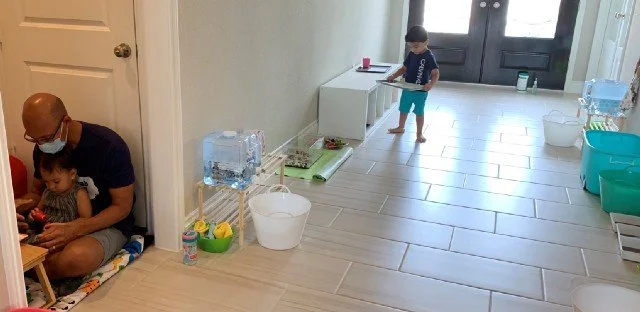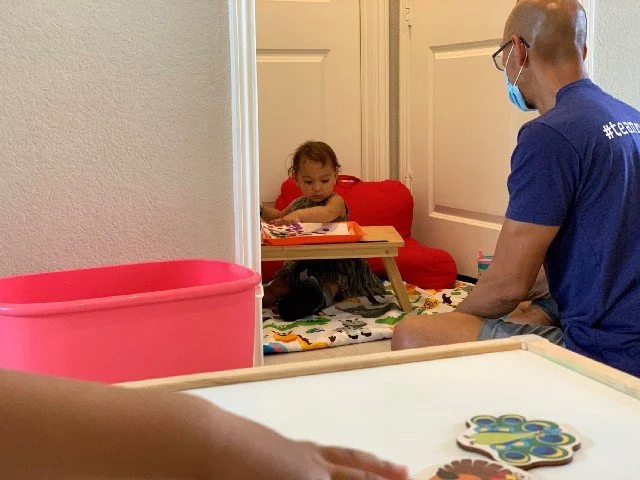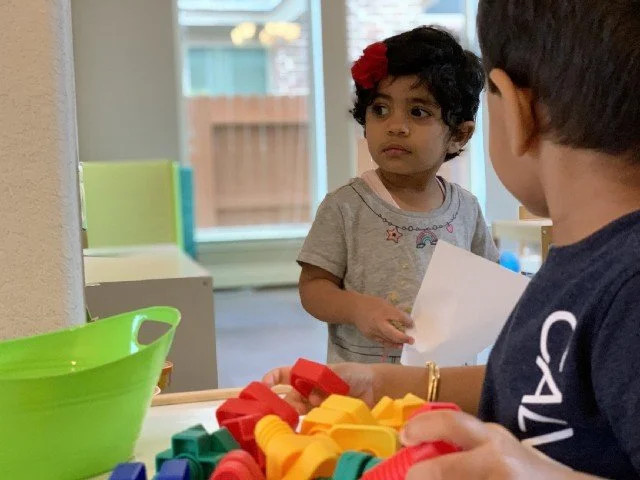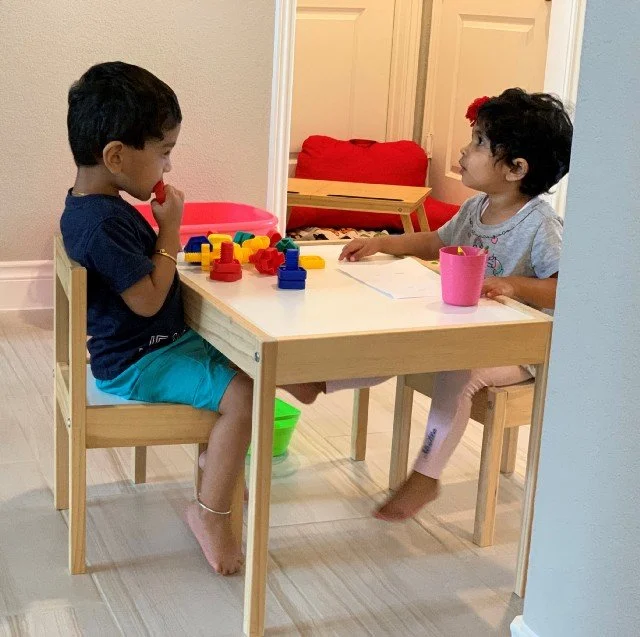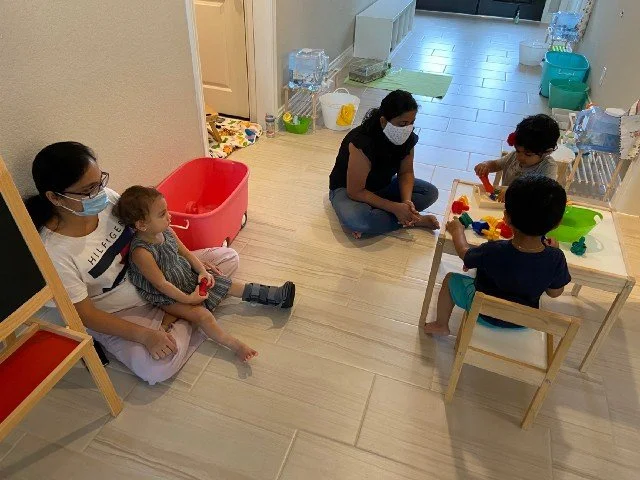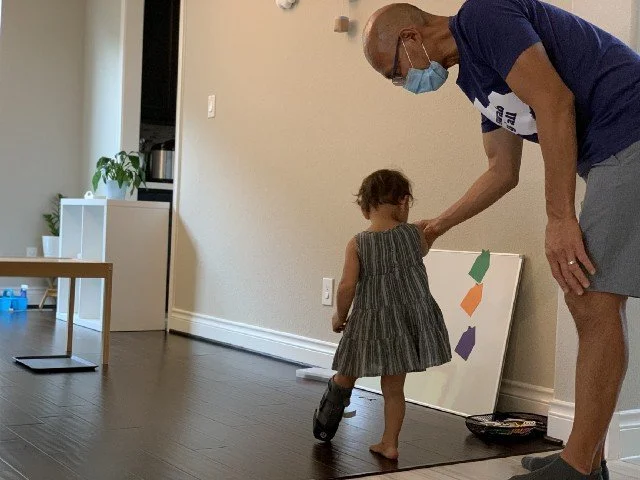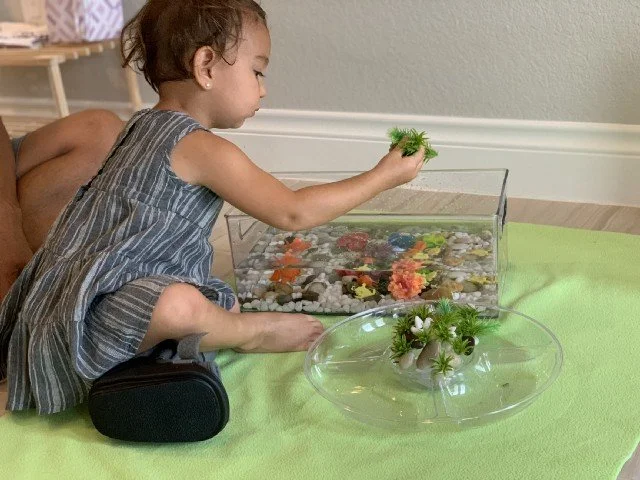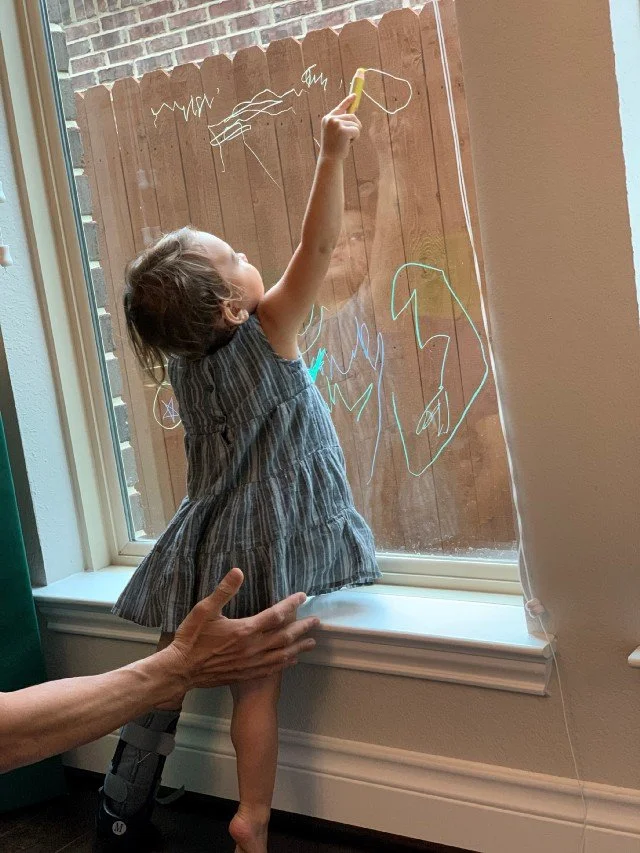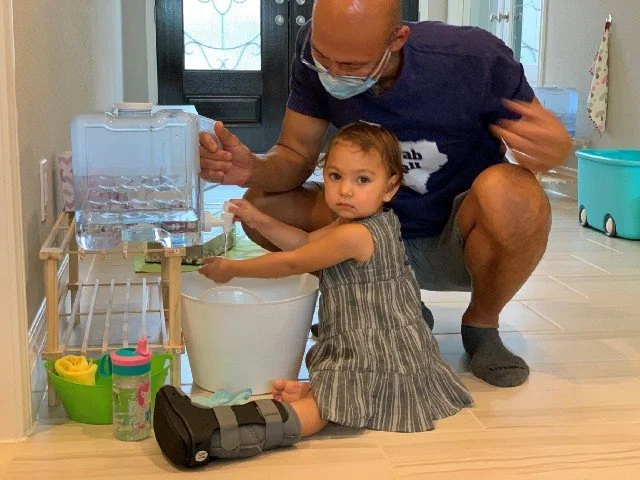Inclusive by Design: Lessons from Toddler-Centric UX Innovation.
Embracing Inclusivity Beyond Accessibility Through Early Childhood UX Research"
Role: UX designer, UX Researcher, UI designer
Duration: 16 hours
Tools: 1500 sq ft of physical space, Video recorder, Camera, Notepads, Microsoft Excel, Facebook, ZoomFigma, Miro, Slack, Google Drive, Zoom, Montessori-inspired furnishing and work materials for toddlers, Art and craft supplies,
Methods: User observation, Usability testing, A-B testing
One in every 26 American families reported raising children with a disability.
Nearly 20% of all children and adolescents have a chronic condition or disability (National Center on Physical Activity and Disability), Despite this, their participation levels in recreational and school activities remain disproportionately lower than their non-disabled counterparts.
Usually, this is not due to intentional efforts to exclude or ignore. This exclusion, which significantly limits the experiences of these children, is more likely due to the lack of understanding of the abilities of the student(s) or/and fear of potential injury related to the limitations of various conditions suffered by students with disabilities.
Setting the Stage
While conducting our 8-month-long Poddler service design test of the work-like prototype, we also ran the accessibility design for Noah and Jewel. Which turned out to be a beacon of hope in redefining inclusivity and accessibility in socialization for children like Noah and Jewel. While testing a work-like prototype, we embarked on a journey to ensure that every child, regardless of mobility challenges, could participate fully.
The Challenge: Mobility Constraints - For this design usability test, we focused on Mobility (temporary)
Mobility — balance — coordination: Cerebral palsy, paraplegia, spina bifida, dwarfism, use of wheelchairs and walkers
Possible Physical Activity Limitations: Mobility-challenged students cannot move freely and safely in some physical activity situations. Their safety, as well as the safety of others, may be at risk. The safe use of walkers, crutches, and wheelchairs in crowded spaces and while others are moving requires creative planning.
Meet Anny: Anny is a happy 20-month-old toddler, who participated in PODs around her community to socialize with her peers.
But she had to stop coming to the POD
Anny happened to fracture her leg while bathing and so had to remain at home with a fear of her peers running into her during the POD and worsening the injury further. So we delved into the unique needs of children like Anny. who found herself sidelined from the POD after fracturing her leg.
The fear of exacerbating her injury loomed large, highlighting the pressing question: How might we include Anny in the POD to socialize with her peers while still staying safe?
The Solution: A Nook of Inclusion
Innovative brainstorming led us to devise a solution: a separate nook tailored to Anny's needs. Complete with a sitting area, an accessible activity shelf, and a nearby water station, this nook offered Anny the opportunity to socialize with her peers from a safe distance. The nook included:
A sitting area
A shelf to access her activities
A water station near her reach
She can see her peers from the nook
Our solution hypothesis — Having set up a separate nook, will keep her safe and socialize with her peer from a distance.
A separate Nook for Anny
Testing the Waters:
As Anny came in to participate in POD, she was a little surprised to see a nook for her and sat in with her Dad. Her, initial reactions were mixed.
Anny sitting with her in the Nook
A toddler Noah observing Anny from a distance
Noah was concerned
Other toddlers in the POD were curious to watch her sitting away from them in the nook which was not everyday normal. After observing her for a while, Noah pulled his table and chair near her nook and kept observing. This surprised us. Noah's concern was palpable, yet his instinct to draw closer to his peer spoke volumes. There was a clear sign that Noah wanted to be closer to his peer.
Anny wanted to be independent
Anny in while realized that every child is sitting independently from their parents and so she then asked his Dad to move out of her nook and let her alone do her art activity.
Looking at her peers sitting independently, she wanted his dad to sit outside the nook
Jewel was missing her peer
While Anny was engrossed in her artwork, Jewel came in closer to stay with her group.
Another toddler Jewel came in to sit closer to Anny
Jewel took another step
Meanwhile, what surprised us was — she sat and shared the same table with Noah. This was very unusual with the POD practice. Jewel's longing for connection prompted her to bridge the gap between their groups, defying conventional social norms within the POD. Since we were following the distancing in the POD, this gesture of toddlers indicated that they were not happy to be left out alone.
But this was not it as, Anny had different intentions
Everyone came closer, but Anny by then, was already out of her nook
She was not willing to sit in a nook and doing her work. She wanted to explore, and experience all the work presented in POD. She crawled and cam near her peers, and sat with an adult.
Anny left her dad aside and crawled to join everyone other . She felt belonged!
Unexpected Discoveries:
As Anny's curiosity overpowered her confinement, she ventured out of her nook, embracing her peers and a newfound sense of belonging. This pivotal moment underscored a fundamental truth: inclusivity transcends physical boundaries, resonating deeply even in the hearts of toddlers.
Anny started exploring the POD with the help
She was not fearful of getting further injured
It gave her confidence
While her peers were concerned and watchful of her
Lessons Learned:
I was glad that my first prototype of the accessibility design layout failed. As this failure of the initial prototype illuminated a crucial realization: true accessibility design goes beyond physical accommodations. It hinges on seamlessly integrating diverse needs into the fabric of everyday experiences, fostering a sense of belonging without segregation.
Accessibility design was not about creating a separate place for users, no matter how user-friendly it was. It was about how inclusive the design can be where the needs are seamlessly accommodated in the design without making users realize ‘meant for special need’.
At a very young age too, toddlers reflected the importance and love for inclusive design.
Empathy is the natural self of humans. Nurturing it in toddlers will help imbibe an inclusive thought process at a very young age.


